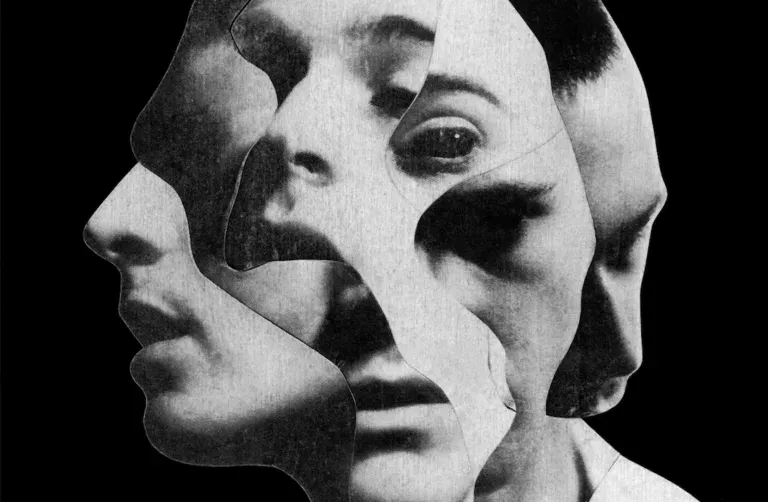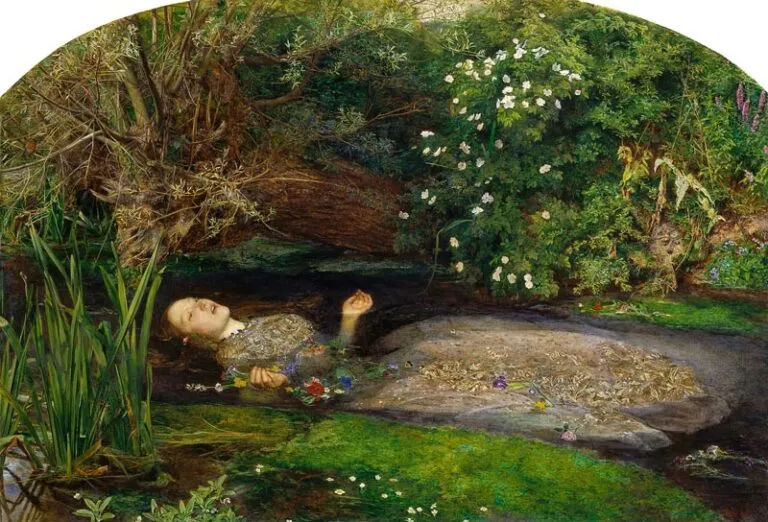When Design Becomes Art: The Legacy of Ingo Maurer
When Design Becomes Art: The Legacy of Ingo Maurer. In the vast world of contemporary design, there are names that stand out for their ability to transcend mere function and transform everyday objects into emotional experiences. Ingo Maurer is certainly one of these. Often referred to as a “poet of light,” Maurer has redefined the concept of lighting, turning lamps and chandeliers into true works of art. But his greatness does not stop there: his legacy invites us to reflect on a broader and deeper question: when can, or should, design become art?
 Ingo Maurer’s Journey: From Industry to Art
Ingo Maurer’s Journey: From Industry to Art
Born in 1932 on the island of Reichenau, Germany, Maurer began his career in graphic design, but it was in the field of lighting that he found his deepest vocation. After a period spent in the United States, where he was influenced by modern design and avant-gardes, Maurer founded his company in 1966, starting to create lamps that were not only functional but true artistic statements. Among his early successes is the famous lamp “Bulb” (1966), a gigantic light bulb encased in a glass structure, symbolizing how an ordinary object could be transformed into something absolutely extraordinary.
Yet, what sets Maurer apart from many other designers is his constant exploration of the boundaries between art and design. He never settled for merely designing useful objects: he always sought to infuse a sense of wonder and magic, which is found in his most iconic installations, such as the “Lucellino” series, where light bulbs are transformed into winged creatures, or “Zettel’z”, a lamp made up of floating sheets of paper like suspended ideas in the air.
 Design and Art: Where is the Line?
Design and Art: Where is the Line?
Ingo Maurer has always rejected the idea that design must be strictly functional. For him, every object, even the most banal, could become a work of art if designed with the right dose of creativity and passion. This concept has radically changed the way we perceive the relationship between art and design.
Maurer was a pioneer of conceptual design, a movement that aims to make the observer reflect on the deep meaning of objects and their functions. His works were not just “beautiful” or “innovative,” but forced viewers to question what they were seeing. An emblematic example is the lamp “Porca Miseria!”, an explosion of ceramic dishes suspended in mid-air, overturning the idea of order and harmony in the home, transforming chaos into art.
In this sense, Maurer not only made design an art form but also challenged the public to see art where they normally would not. His work brought to light the discussion of what the actual difference is between design and art. If design is something that must respond to a specific function, art, on the other hand, is free from these constraints. However, Maurer managed to blend these two worlds, creating works that, while fulfilling a function (lighting), have a strong aesthetic and emotional value, making the line between the two disciplines increasingly thin.
 Light as an Artistic Medium
Light as an Artistic Medium
The true hallmark of Ingo Maurer’s work is his use of light as an expressive medium. While most designers focused on creating lamps that simply illuminated a space, Maurer saw light as an art form in itself. In many of his installations, light is not just a functional tool; it becomes a narrative element.
His installation “Broken Egg” (1994), created for the Vitra Design Museum, is an example of how Maurer used light to create a surreal and fairy-tale atmosphere. A giant lamp shaped like a broken egg projected a warm, soft light, transforming the surrounding space into an almost dreamlike landscape.
Maurer believed that light had the power to profoundly influence human emotions. His works were designed to create intense sensory experiences that went beyond simple illumination. “Yoruba Rose”, one of his most famous lamps, uses optical fibers to create a dance of ever-changing lights, evoking a sense of wonder and amazement that goes well beyond the concept of functional design.
 The Legacy of Ingo Maurer
The Legacy of Ingo Maurer
When thinking of Ingo Maurer, it is inevitable to reflect on how his work has redefined the boundaries of design. He has shown that even an everyday object, like a lamp, can be transformed into something extraordinary that can evoke emotions, astonishment, and reflection.
Today, many designers draw inspiration from his ability to merge art and design, but few have managed to reach the level of expressiveness and innovation that Maurer achieved throughout his career.
In conclusion, when we talk about “when design becomes art,” Ingo Maurer is perhaps one of the most emblematic examples. He broke the barriers between these two worlds, demonstrating that design does not have to be limited to its practical function, but can become a form of art that stimulates the senses and nourishes the soul. His legacy continues to shine, not only in his works but in all those who, inspired by his work, seek to bring a bit of magic and poetry into the world of design. When Design Becomes Art: The Legacy of Ingo Maurer.
 Subscribe to our channel YouTube
Subscribe to our channel YouTube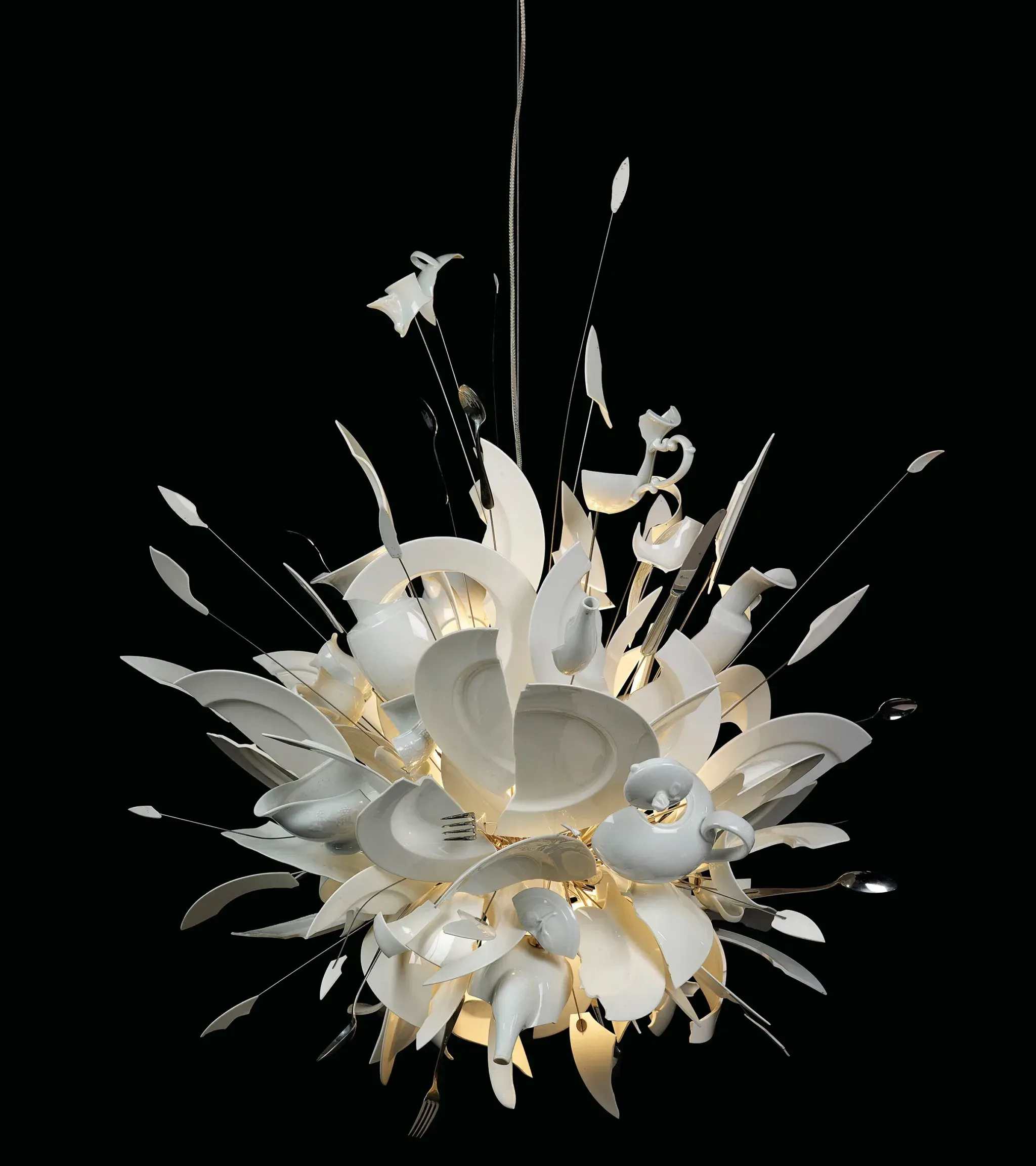
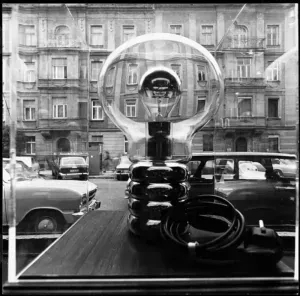 Ingo Maurer’s Journey: From Industry to Art
Ingo Maurer’s Journey: From Industry to Art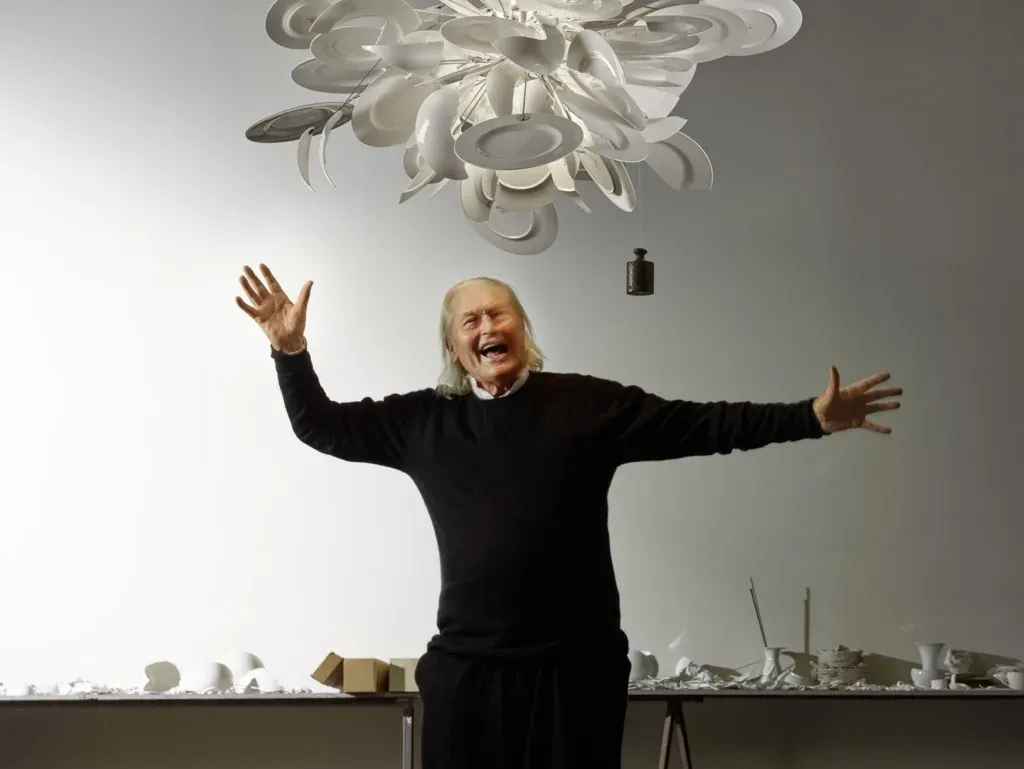 Design and Art: Where is the Line?
Design and Art: Where is the Line?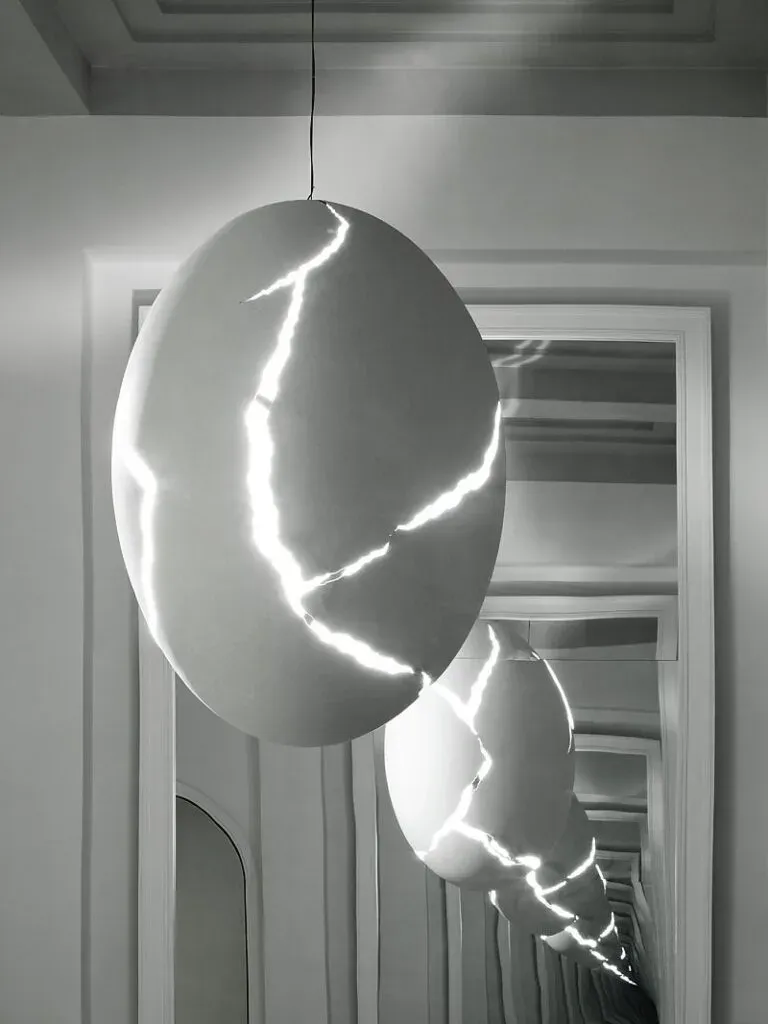 Light as an Artistic Medium
Light as an Artistic Medium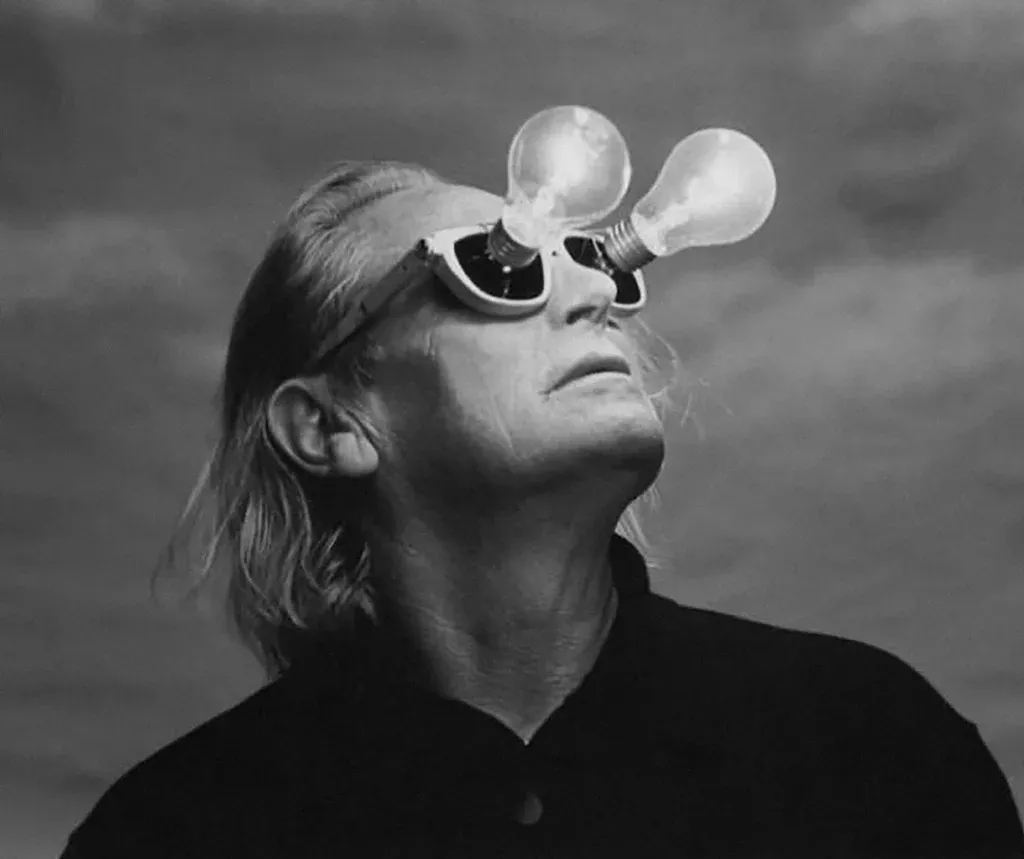 The Legacy of Ingo Maurer
The Legacy of Ingo Maurer